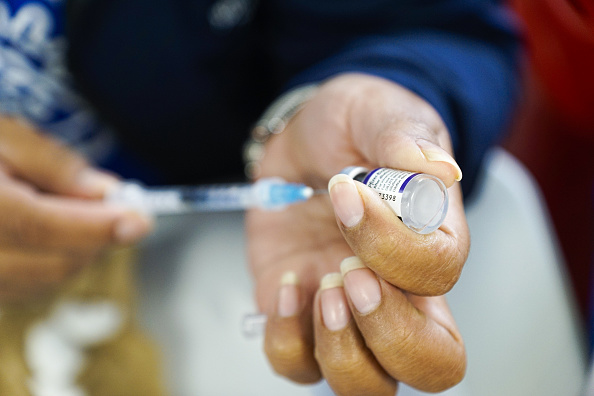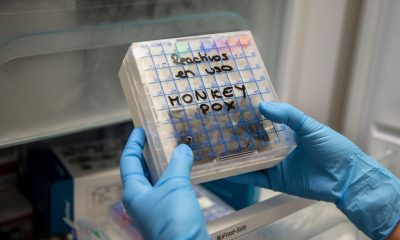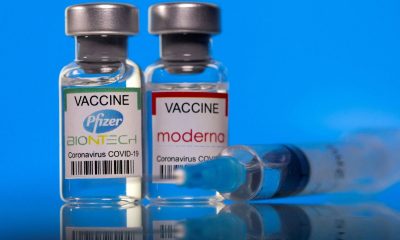The latest COVID booster shot has now been authorized for use by the Food and Drug Administration (FDA) for protection against Omicron-specific variants and is currently rolling out across the country.
The shot from Pfizer is authorized for use in people 12 and older, while the Moderna shot can be administered to those that are 18 and older. The Centers for Disease Control and Prevention (CDC) has said that individuals need to wait at least two months after their latest round of vaccines to receive the booster and three months after testing positive for the virus.
“These new bivalent vaccines are designed to offer extra protection against the omicron variants, which are now the dominant strain of the virus,” Illinois Department of Public Health Director Dr. Sameer Vohra said in a statement, as reported by WMAQ, an NBC affiliate out of Chicago. “Getting up to date now is especially important for those who are at risk of serious outcomes, as the updated vaccines offer protection from hospitalization and even death.”
Like past vaccinations for COVID-19, the upgraded booster does have some side effects that people may experience after getting the shot. These side effects are believed to be similar to previous vaccinations for the virus.
While the latest booster shot was released to the public before clinical trials were completed, the FDA and CDC believes that based on available data and past vaccinations the side effects are the same as what has been seen previously, CNBC reported.
Data from a booster that targeted the BA.1 subvariant of Omicron, which was never released to the public, has shown side effects of pain, fatigue, headache, muscle pain, chills, joint pain, redness and swelling at the injection site, and fever within seven days of administration.
These side effects are expected to be similar with the latest COVID booster that the authorization was based on. In clinical trials of the BA.1 shot, side effects were very mild in most patients.
In Pfizer’s trial of the BA.1 shot, 52% of people experienced mild pain at the injection site, with 8% having moderate pain and 0.3% reporting severe pain, as reported by CNBC. Mild or moderate headache was experienced by about 26% of participants, with only 0.3% reporting a severe headache.
In the Moderna trial with the BA.1 shot, 59% of people had fatigue, with 4% reporting it at a Grade 3 level that is considered significant in preventing daily activity, CNBC reported.
Because both the Pfizer and Moderna boosters have the same dosage as was tested with the BA.1 shot, it is thought that safety profiles will be very similar, Dr. Paul Offit, director of the Vaccine Education Center at Children’s Hospital of Philadelphia and member of an independent advisory group to the FDA, told CNBC.
The new Pfizer and Moderna boosters are specifically aimed at providing protection against the original COVID virus and also Omicron BA.5 and BA.4 subvariants of the virus that are spreading across the country.
According to the CDC, the BA.5 subvariant now comprises 87.5% of all new COVID cases, while the BA.4 subvariant of Omicron makes up 2.2% of new COVID cases.
















